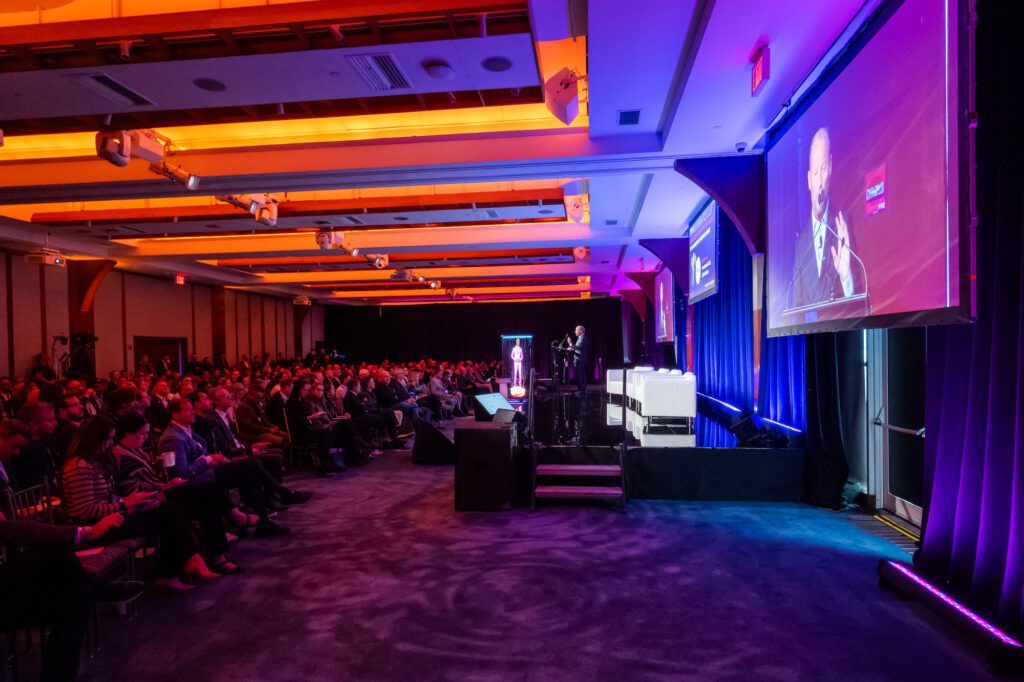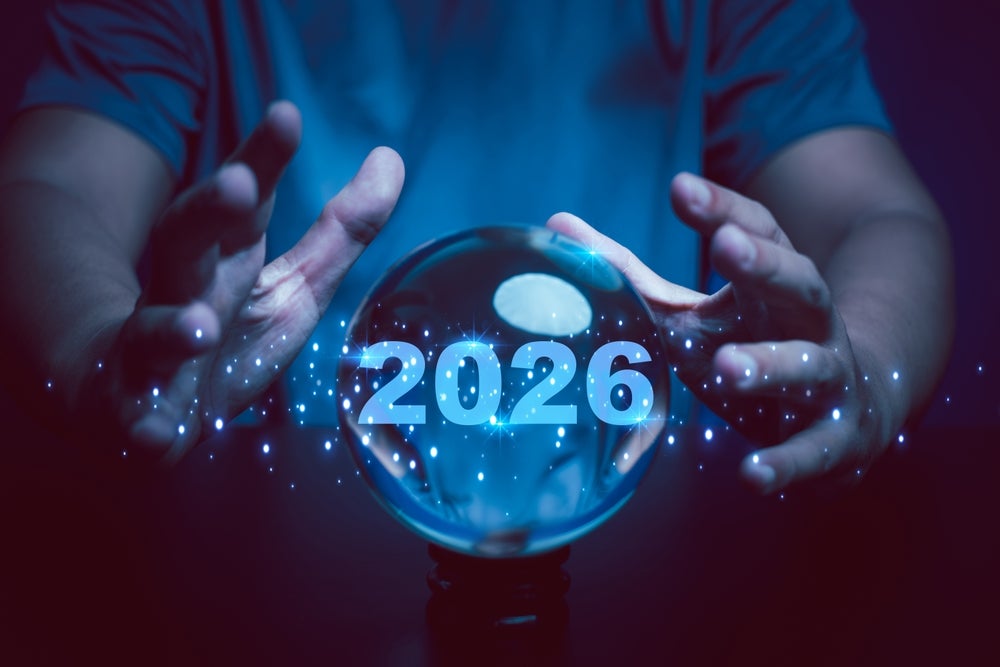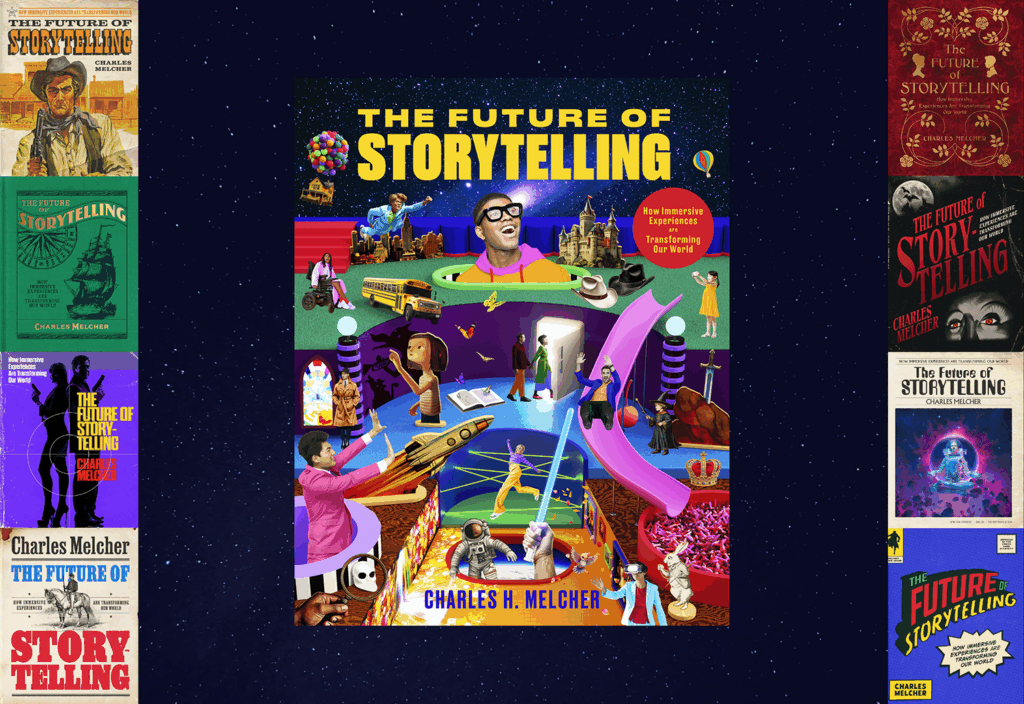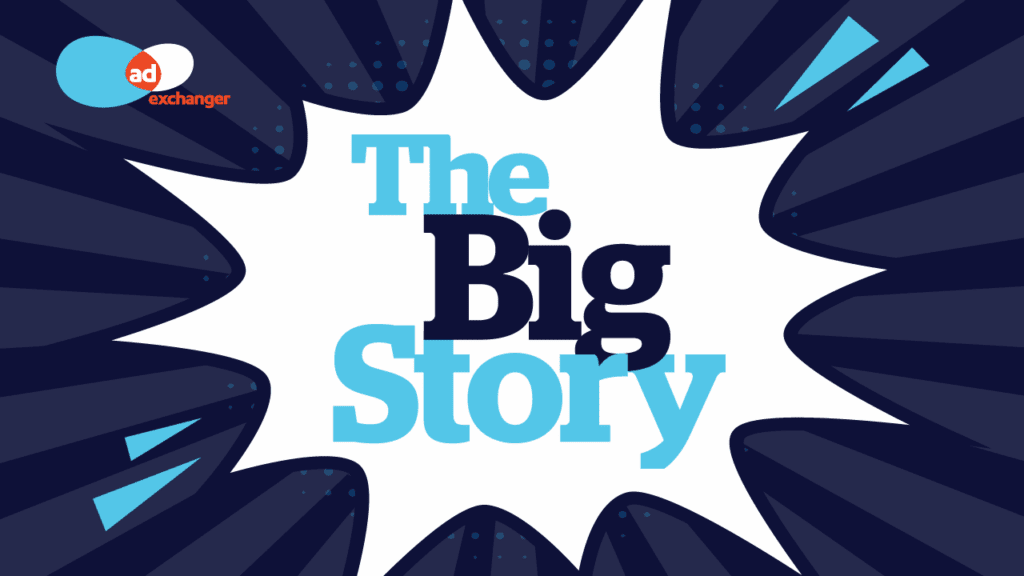The 2025 DPAA Global Video Everywhere Summit, which took place Oct. 14 at New York City’s Pier Sixty, gathered approximately 1,000 marketing, media, agency, brand and ad tech executives to discuss digitization and innovation within the digital out of home space. This year’s theme, “Where Digital Meets the Real World,” inspired a variety of perspectives from media executives, marketers, digital advertisers and journalists. Following are five takeaways for marketers on the topics of AI, building and maintaining brand trust, and establishing human connections through experiences.
1. Establishing Trust in the ‘Action Economy’ Means Building Connection
Outfront Media CEO Nick Brien, who previously led agency powerhouses Dentsu, McCann and IPG Mediabrands, emphasized that consumers’ trust in media — in particular digital and social advertising — is in a dangerous decline. But amid that decline, there is an opportunity for the OOH industry to go big with experiences and build trust with audiences in real life.
“We are moving from the attention economy that was all about capturing eyeballs, maximizing screen time … And we are shifting to the action economy. And the action economy and marketing success is about engaging, encouraging participation and inviting action,” Brien said. Those are the connections that build trust and real relationships with people.
He pointed to statistics from Edelman that demonstrate the economic implications of that trust: 88% of consumers will pay more for brands they trust, and 73% of consumers will trust the brand if it was representative of today’s culture.
“I believe that marketing needs to move into the “mattering” industry, because when you matter to me as a person, and you matter to me as a member of the community, that is so powerful,” he said. “The attention economy is shifting to the action economy, and the action economy demands trust, and trust is built in the real world.”
2. Prioritizing Trust Within Brand-Agency Partnerships
As an example of the above in action, ESPN’s Inna Kern, Vice President, Media Strategy & Planning, pointed to the brand’s recent direct-to-consumer app launch, which included an IRL subway takeover of New York City’s E train with team mascots from New York sports teams and ESPN executives.
The brand measured its success through media impressions of the interior and exterior of the train, but it also factored in PR-driven hits and organic engagement. “We had the actual media KPIs that we were able to measure on a media plan, and then the magic really came in all of the earned media,” she said. “The earned media really just punched higher in its weight because we had so many mentions.” Most gratifying for Kern, however, were the organic social mentions and outpouring of love from fans.
The key ingredient was establishing complete trust in its agency partners, which included Outfront and Civic. “We RFP’d so many partners for this campaign — some of the folks are in this room — and we actually went with a handful of partners, because we needed to make sure folks were able to execute in the speed in which we were able to deliver,” she said. “Because our campaigns, the creative, was not locked until very, very close to when we needed to deliver … Picking the right partner, where you have complete and utter faith that they’re going to deliver for you, is critically important,” she said.

3. AI in Marketing Is Creating Efficiency — But AI-Assisted Strategy Is the Differentiator
Addressing the seismic shift that AI is causing within the business of marketing, Shiv Singh, C-Suite advisor, two-time CMO and author of “Marketing With AI for Dummies,” put it bluntly: “We have no idea what’s on the cusp of hitting us … It’s going to change the way we work, the way we live, the way society functions.”
His research has found that “AI is affecting every subfunction in marketing.” And it’s transforming in two ways. “One is in terms of the tools and technologies at our fingertips, and that drives a lot of … efficiencies and better messaging, better A/B testing, all of that happening in a real time fashion. You’re able to produce assets in scale.” That efficiency drives personalization which in turn enhances the resonance of marketers’ output.
But the other piece, according to Singh, is the massive potential for brand growth. “What I found is the brands and the companies that treat their AI not as their awkward intern, but as a quasi-business partner, more like their chief strategy officer, are the ones who are able to unlock new growth opportunities,” he said. “The potential to use AI as a thought partner to drive growth objectives … are truly limitless, and it all comes down to having access to data.”
4. Avoid AI for AI’s Sake – Focus on Enhancing the Customer Experience
For Jill Cress, Chief Marketing & Experience Officer at H&R Block, the ways in which her brand leverages AI must tie back to the company’s purpose and values. “There’s a lot that goes into how we think about the role of AI in accelerating the experience that we can deliver to our customers, as opposed to AI for AI’s sake,” she said.
“Trust is everything to us, and I think trust is a brand’s currency, full stop. And particularly when it comes to people’s relationship with money,” Cress said. “For us, it’s really getting the balance of AI right so that we can deliver on that promise, to do things more simply, to get things done more quickly, which is really important — particularly if you’re waiting on a refund — and to provide for more empathy.” She believes that most Americans want a human to be involved in the tax process. But if that person can focus less on menial tasks and more on conversations, that will enhance the overall experience, provide a better outcome and secure the brand as a more trusted partner.
“One of the things we’ve talked a lot about is, how do you balance leveraging AI for efficiency without eroding a brand’s trust or their long term health?” Cress said. “We use AI for testing, for messaging, whether it’s life stage messaging or location messaging. You can test and optimize so quickly. But the question is, is the short term result, the whatever it is, the click, the conversion, in service of where you’re headed as a brand from a long term trust or brand relevance standpoint?”
That balance between efficiency and brand authenticity is critical, she said. “If we think about AI as a massive accelerant of how we do the work that really matters, the promise that our brands deliver better, that we will be more relevant to our clients.”
5. Amid Media Fragmentation, Local Can Rebuild Human Connection
Former “Meet the Press” anchor and podcaster Chuck Todd described local media in general as “a foundational pillar within the information ecosystem” and believes his role is to rebuild it. “Knocking out local media destroyed trust for all of us … We all trust local more than anything else – because we can fact check it every day.” He reminded attendees that service journalism, or local journalism, “is there to help you live your life.”
So while AI rapidly enhances automation, true human connections, including those happening at live, physical events, will come at a premium, he believes. As AI permeates culture, “we are going to pay extra for human interactivity,” he predicted. “I will pay extra for a customer service line answered by a human being … Human interaction is a premium. And in some ways, we’re now realizing how important it is, the more we automate our lives, the more we automate everything. So I’m actually more bullish than ever on the idea of local because I think we’re craving it.”
Feature photo credit: Living Face Photography / DPAA









